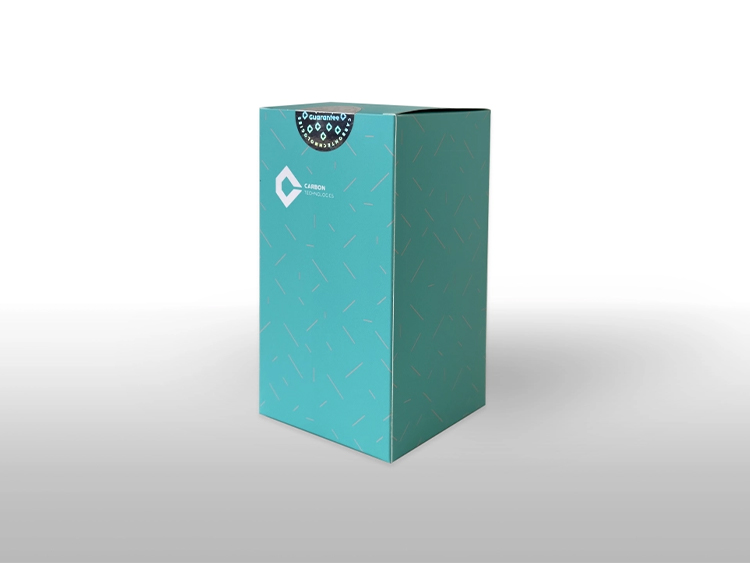
Intended Use
DNall Plus Kit provides the components and procedures necessary for purifying genomic DNA from blood, buffy coat, body fluid, buccal cells, animal tissue, serum and plasma, fixed tissue, cultured cells and bacteria. This assay is intended for in vitro diagnostic use. We recommend all users to study DNA experiments guideline, before starting their work.
Principle
DNall Plus Kit is designed for isolating DNA from various sample types. Lysis is achieved by incubation of the sample in a RJ-Protease enzyme solution and Carbon specific lysis buffer. Appropriate conditions for DNA binding to the silica membrane is achieved by the addition of chaotropic salts and ethanol to the lysate. Then, DNA is selectively bound to the membrane. Contaminants are removed by two specific washing buffers. Pure genomic DNA is finally eluted in rehydration buffer. Isolated DNA is ready to use in downstream applications. It has A 260/ A 280 ratios of 1.7–2, and a symmetric peak at 260 nm by spectrophotometer, confirms high purity.
Storage
Shipment condition is checked by Carbon Technologies. After arrival, all reagents should be kept dry, at room temperature. We suggested storing RJ-Protease at -20°C for longer stability; However, for routine use, it is recommended that RJ-Protease aliquoted to 100 µl volumes before storage at 2-8°C and avoid frequent freeze-thaw. When storage condition is as directed, all reagents are stable until expiration date, as indicated on the kit box.